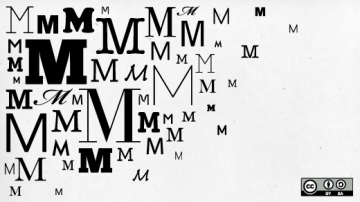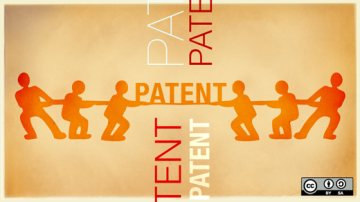
Luis Ibáñez works as Senior Software Engineer at Google Inc in Chicago. Opinions expressed in this site are his own.You can find him in github at: http://www.github.com/luisibanezand in twitter at: http://www.twitter.com/luisibanezHe previously worked as a Technical Leader at Kitware Inc., and Director of Open Source Community Development at the Open Source EHR Agent (OSEHRA). At Kitware he was closely involved in the development of open source software for medical imaging applications, in particular, working with the Insight Toolkit (ITK).Luis is a strong supporter of Open Access, and one of the editors of the Insight Journal, an OA Journal that enforces the verification of reproducibility. In collaboration with other instructors, Luis taught a course on Open Source Software Practices at RPI between 2007 and 2013, and also at the State University of New York at Albany between 2011 and 2014.Luis Ibáñez received a B.S. in Physics from the Universidad Industrial de Santander (Bucaramanga, Colombia) in 1989 and a M.S. in Optics from the same university in 1994. He received a D.E.A and Ph.D. degrees from the Universite de Rennes I (Rennes, France) in 1995 and 2000, respectively. In 1999, Luis Ibáñez joined the Division of Neurosurgery of the University of North Carolina at Chapel Hill and participated as a member of the MIDAG and CADDLab groups. His work at UNC was related to the development of algorithms for 2 and 3D registration applied to image guided surgery. He also participated as developer of the INSIGHT Registration and Segmentation Toolkit sponsored by the National Library of Medicine. Luis Ibáñez joined Kitware, Inc. in February 2002 where he was one of the main developers of the Insight Toolkit (ITK) coordinating its maintenance with other developers and the user community; he is also one of the main developers of the Image Guided Surgery Toolkit (IGSTK) and participated in crafting the operational principles of the Insight Journal. Luis Ibáñez is a strong supporter of Open Access, and the verification of reproducibility in scientific publications and is a regular speaker in ITK training courses, and in events disseminating the principles of Open Source. In August 2014, Luis joined Google Inc as Software Engineer, to work with the corporate engineering team in New York city.






Authored Comments
Ken,
Thanks this very inspiring article.
It is very exciting to see the great work that you and your community are doing at Reglue.
I greatly enjoyed your point explaining that the choice of Linux was: "a matter of pragmatic necessity", and how this choice indeed pays off when community support is needed and materialized.
It is great to see open source software fulfilling the goals of empowering everybody to become a full-citizen of today's information society.
Thank you and Reglue for this remarkable work.
Connie,
It is worth noting that most large proprietary EHR systems are also written in MUMPS. This includes Epic, GE Healthcare, and MEDITECH among others (see https://opensource.com/health/12/2/join-m-revolution). That is, the MUMPS language is not what makes VistA different and unique.
The economic model for open source EHRs can perfectly work commercially at the image of the support subscription model that Red Hat has successfully used for Linux. Such an arrangement would provide the hospitals with the technical support they need, and would provide the supporting EHR software companies with a regular stream of revenue. All by a lot cheaper than the $100M per hospitals of the typical current proprietary systems.